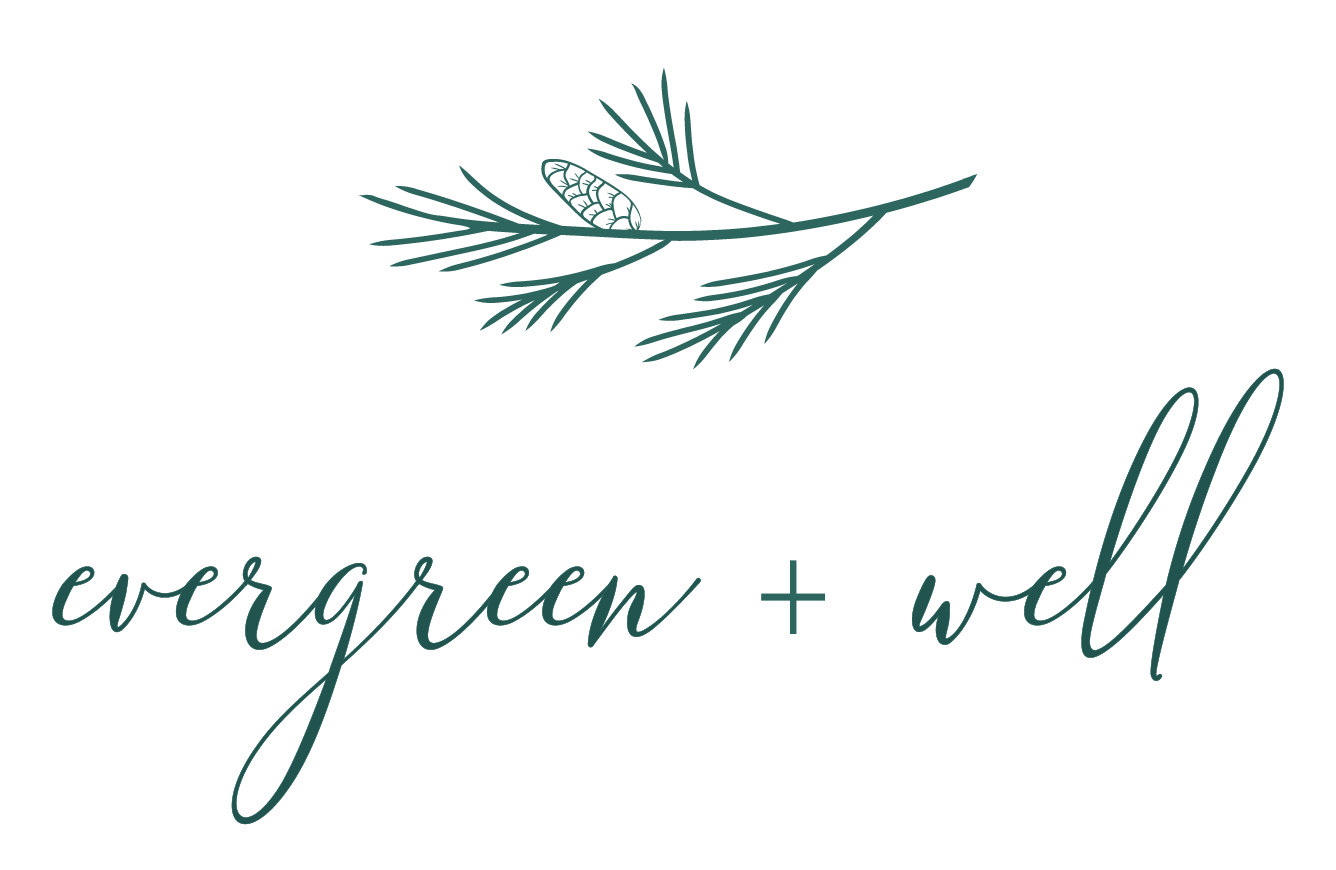Sourdough: A Hobby with Benefits
I didn’t catch on to sourdough when we were all homebound in 2020 and 2021… raising a toddler and homeschooling my first grader meant that I had zero interest in learning how to bake bread. But more recently, I felt a pull toward learning about wild yeast, maintaining a starter, sourdough bread. I made it my New Year's resolution for 2023 to figure out how to bake bread and maybe even get good at it. I thought it would be a fun and delicious winter hobby.
Homemade vs. Commercial Bread
My daughter is quite sensitive to gluten and I have become more cognizant of the differences between commercial bread and homemade bread… not just any homemade bread, but sourdough bread.
I read this quote from Michael Pollan, an author / researcher I enjoy and who visited our organic farm in college, about how one hundred years ago, all bread was sourdough bread. Sourdough bread is not a type of bread; it’s how all bread was made. Commercial yeast was not available as it is now, and so all bread used to be fermented with wild yeast.
Think about all of the health issues that have become prevalent in the past one hundred years… I think we’re finally coming around on the idea that what we EAT might play a role. Could the largest food group on the food pyramid - (refined) BREAD, (refined) PASTA, (simple) GRAINS - have had anything to do with it?
Additives, preservatives, pesticides, and genetic engineering in our food all play a role of course… and so using ancient grains like Einkorn and organic flour have become a priority for us… but what about the whole idea of fermentation? Of having grains and gluten PRE-digested before they hit the gut?
This is really SUCH an important part of sourdough.
Health Benefits of Sourdough Bread
Sourdough bread is not just delicious; it comes with lots of health benefits. Unlike commercial bread, which is often made with added yeast and preservatives, sourdough is naturally leavened. This means that it undergoes a fermentation process, which not only gives it its distinct tangy flavor but also makes it easier to digest.
During fermentation, beneficial bacteria and yeast break down the carbohydrates and gluten in the dough, making it more digestible for those with gluten sensitivities. Additionally, sourdough has a lower glycemic index compared to other bread, which means it causes a slower rise in blood sugar levels. Isn’t that amazing?!
Several people in my life who CANNOT eat “normal” bread have been enjoying my sourdough and I’ve even been able to teach a few friends and family members along the way.
I know some people think sourdough is complicated or time-consuming, but I’d invite you to consider how very peaceful and simple it might be too. There's something incredibly calming about working with your hands, kneading the dough, and watching it grow and then transform into a beautiful loaf of bread. The process requires patience and going with the flow, attending to detail but also letting go a bit… all good qualities for my mental well-being.
Tips for Getting Started with Sourdough
If you’re curious about starting or getting back in the swing of sourdough, here are a few things that have helped me along the way…
Starting with an established starter (I got mine from Acts of Sourdough and I rehydrated it and have been keeping it going ever since).
Keeping my starter in the fridge – this makes it much easier to maintain and you don’t have to feed it as often.
No fuss – starting out simple is best. Get your basic loaf down first.
Discard is your friend. You can use discard in so many ways; crackers, tortillas, pancakes, muffins… I use it almost as much as my “active” starter for bread.
Don’t join a bunch of sourdough groups where everyone has insane opinions… they’re worse than the mommy groups! Find a few people to follow and learn from that you enjoy. And a few sites to grab recipes. I like Acts of Sourdough, Little Spoon Farm, and Sourdough Sparrow.
At the end of the day, remember that it’s just flour, water, and salt. Chances are it’ll be great if you bake it.
Sourdough Made Simple:
If sourdough is confusing to you, here is a really simple way to think about sourdough bread and yeast etc.
Starter is like fermented flour and water… the starter lives in the fridge in a jar. The starter needs food in the form of fresh water and fresh flour. So when we “feed” starter, we are taking some of the starter we have, measuring it into a fresh jar… adding in fresh flour and water and letting it activate or grow over several hours so it gets ready to help the BREAD rise.
Once the starter is active and bubbly, think of it like the yeast packet that’s all bubbly you’d normally use for bread. But instead of the bubbly yeast mixture from the packet, we use our WILD yeast bubbly starter. We add that into lots more flour and water and salt to make a loaf of bread.
Then we keep a little bit of the bubbly stuff to feed for next time. I put mine back in the fridge and then take it back out next time I want bread.
Whether you're a seasoned baker or a complete novice, there's something magical about the art of sourdough that I believe everyone can appreciate. And of course after years of celebrating Passover and eating matzoh, as a sourdough baker now I truly now appreciate the concept of not having enough time for the bread to rise and baking up some crackers instead.
I won’t be turning this into a sourdough blog anytime soon but I do really love this hobby-with-benefits and hope you try it and check out some of my favorite people to learn from!






